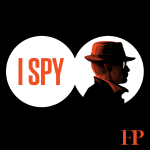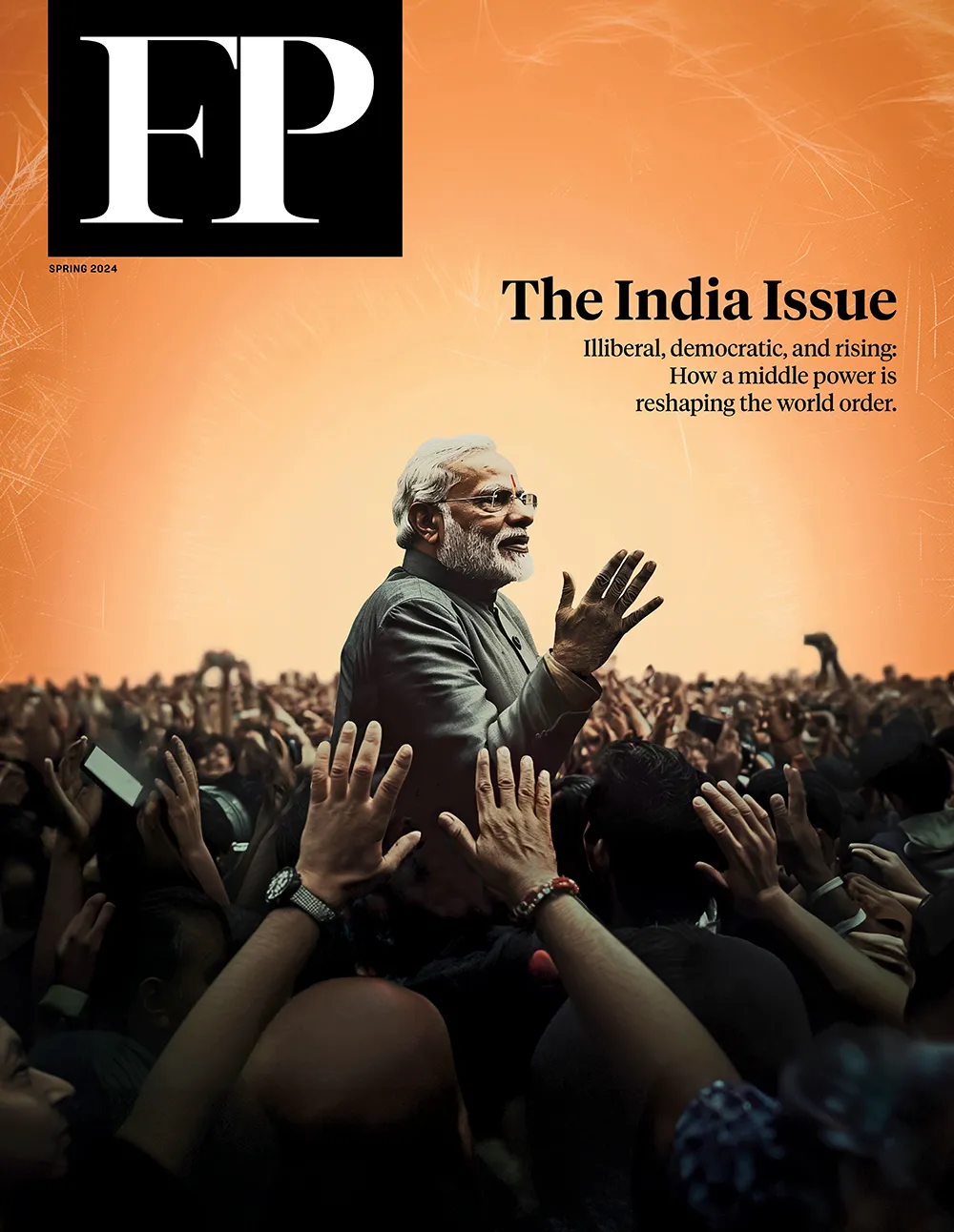Columbia, Chicago, and the Movies About ’68
Exploring the parallels between the social unrest of then and now on film.
On April 30, 1968, the New York Police Department stormed the campus of Columbia University, arresting hundreds of students who had occupied Hamilton Hall during escalating protests. And on April 30, 2024, the New York Police Department stormed the campus of Columbia University, arresting hundreds of students who had occupied Hamilton Hall during escalating protests.
On April 30, 1968, the New York Police Department stormed the campus of Columbia University, arresting hundreds of students who had occupied Hamilton Hall during escalating protests. And on April 30, 2024, the New York Police Department stormed the campus of Columbia University, arresting hundreds of students who had occupied Hamilton Hall during escalating protests.
While the circumstances surrounding both incidents were different—much of the ’68 protests had to do with campus facilities encroaching on the predominantly Black neighboring community—there are some similarities, including the fact that a primary demand is to disassociate the university from the mechanics of war. Decades ago, students discovered that Columbia had ties to a military think tank, the Institute for Defense Analyses, then working closely with the U.S. Defense Department during the Vietnam War. Today, many students are urging the university to divest from Israel, which may sound at first like they want them to stop writing checks to the Jewish National Fund, but actually means to pull investments from any corporation that has ties to Israel’s government, such as Google, Amazon, and Microsoft.
The ’68-’24 pattern may continue when you consider the next big chapter in the earlier era’s demonstrations, the August 1968 Democratic National Convention in Chicago, which led to a violent police clash, a meltdown of the incumbent party, and the election of a candidate who had previously lost a presidential campaign.
Where is this August’s DNC? Ah, yes: Chicago. Someone very clever is writing this screenplay.
With screenplays in mind, it can be helpful to look to the era’s movies for context—specifically, two that may not be all that well known to mainstream audiences, The Strawberry Statement (1970) and Medium Cool (1969).
Actors Booker Bradshaw, Bob Balaban, Bud Cort, Bruce Davison, and Kim Darby, seen moments before clashing with police in The Strawberry Statement. MGM Studios
Hollywood reflected (some might say capitalized) on the counterculture movement as quickly as production methods allowed them, but the most successful examples weren’t necessarily ripped directly from the headlines. Bonnie and Clyde (1967) and Butch Cassidy and the Sundance Kid (1969) were movies about rebellious hippies without being explicitly about rebellious hippies. Easy Rider (1969) became an essential text about rejecting U.S. society because it was a film that rejected anything so square as a plot or mappable character development.
In 1970, things got more specific, with four films hinging on campus unrest. First came Zabriskie Point, a long-in-development cri de coeur on everything revolutionary from Italian director Michelangelo Antonioni collaborating with playwright Sam Shepherd and financed by MGM, which had unexpectedly hit hippie paydirt with its “ultimate trip” film, 2001: A Space Odyssey (1968). The surreal, desert-set Zabriskie Point was a notorious bomb (it has since been reclaimed by some critics), but before it goes all far out with its Pink Floyd soundtrack set to exploding packages of Wonder bread, there are some great documentary-style scenes of New Left factions chaotically planning a campus protest that later becomes violent.
Next came Getting Straight (the only real box office success of this bunch), in which Elliott Gould played a Vietnam vet returning to campus who has trouble connecting with the demonstrators (including Candice Bergen) until he realizes the kids are alright. And the very serious Stanley Kramer picture R.P.M., pretty much forgotten now, starred Anthony Quinn as a campus president who tries to forge a peace with the kids on the barricades.
The movie directly inspired by the events at Columbia, however, is the endlessly fascinating The Strawberry Statement.
The film was adapted from a sharp and sarcastic but slim volume written by James Simon Kunen, a 19-year-old Columbia student who, while hardly a militant (he was on the crew team and called the hippies “pukes”), got swept up in the demonstrations. His funny, tender, and pensive book remains a fine example of lightning in a bottle, even if the movie is a bit of a mess. Its title is a play both on the Port Huron Statement and a comment made by Columbia’s Vice Dean Herbert Deane (seriously) who famously opined that “Whether students vote ‘yes’ or ‘no’ on an issue is like telling me they like strawberries.”
Bruce Davison’s character Simon, with his hands up on the ground, is based on author James Simon Kunen, who wrote The Strawberry Statement while a student at Columbia University.Archive Photos/via Getty Images
The book and its screenplay adaptations (written by New York-based playwright Israel Horovitz) are soaked in the kind of jazzy East Coast Jewish patter you’ll find in the comedy of Lenny Bruce and the pages of Mad magazine. The movie, which moved the action to San Francisco, was directed by a hack named Stuart Hagmann, known for episodes of Mission: Impossible, who later found his métier in television commercials for clients including IBM, McDonald’s, and (no joke) the Church of Latter-Day Saints. As such, there certainly is some razzle-dazzle to the movie, especially when things escalate and the cops start cracking heads, but periodic breaks for musical montages romping around the park make much of the picture feel like an ad for toothpaste. It certainly lacks the heft of revolution—but then again, there is a cloud of “this isn’t going to work, is it?” looming over the whole enterprise.
What the characters, played by Bruce Davison, Kim Darby, Bud Cort (mostly interested in going to protests to meet girls), Bob Balaban, and others, soon recognize is that you can’t just win on righteous youthful energy—you need to have a plan. (The funniest line, though dated, comes when Jeannie Berlin’s character, worried about supplies, kvetches, “now that the Mau Maus are here, we’re gonna need more orange juice.”)
While at least one clip of today’s Columbia protesters has gone viral for seemingly out-of-touch with their demands to be allowed to have food delivered to their encampment, one key differentiator compared to ’68 is the organization of the modern encampments. Indeed, many have noted the uniformity of the tents used at various universities, and how many of the demonstrators were sticking with the same slogans and only letting leaders of the movement speak to the press.
Columbia has not met the demands to divest, but the university has canceled the main spring commencement ceremony, and the action on campus has inspired students at dozens more schools across the country.
Actors Peter Bonerz and Robert Forster play characters reporting for duty as broadcast journalists, capturing moments of violence for television audiences in Medium Cool.Paramount Pictures
As we look to events scheduled this summer, the most remarkable film about the anti-war protests, police reaction, and subsequent riots surrounding the 1968 Democratic National Convention in Chicago is one that was actually shot there—Haskell Wexler’s Medium Cool. (Though the recent Aaron Sorkin-helmed The Trial of the Chicago 7, released in 2020, certainly has its moments of amusement.)
The independent project concerns a television news cameraman in Chicago, played by Robert Forster, who seems happily checked-out of society except for doing whatever it takes to capture the most sensational images. His partner, a sound guy played by Peter Bonerz, is the same way, at one point jokingly calling himself a living extension of a tape recorder—an echo of one of Marshall McLuhan’s theories on media production. McLuhan’s description of television being a “cool” (as in detached) medium gives the movie its title.
The story, like Easy Rider’s, is almost nonexistent. You are just watching these guys wander around and collecting footage, much of it actual documentary footage. They cover National Guard exercises (with faux protesting hippies); they head to Washington, D.C., for a protest (keep an eye out for Jesse Jackson) and later Robert Kennedy’s burial; and they talk to voters in the street and at an upscale pool club. There’s also a minimal romantic plot, with a weirdly violent scene at a roller derby and a flashy sequence at a rock club where the obscure group the Litter mimes the music of Frank Zappa and the Mothers of Invention.
“Real” footage of police and protesters clashing in Medium Cool. Paramount Pictures
Story machinations eventually bring Forster’s character—who makes a stink when he learns that his work is being given to the FBI—and his love interest (played by Verna Bloom) to the center of the conflagration. Forster is working to cover the events of the chaotic convention (e.g., Sen. Abraham Ribicoff vs. Chicago Mayor Richard Daley, Dan Rather being belted in the stomach) and Bloom is out looking for her son during the hectic demonstrations. As the protesters shouted “the whole world is watching,” Wexler took full advantage of the production value the city was offering. Bloom, in a bright yellow dress (a canary in a coal mine?), wanders around as police start shoving and protesters start shouting.
The craziest moment comes when tear gas is deployed and we hear someone shout “look out, Haskell, it’s real!” on the soundtrack. (That this audio was actually added later only makes the “what is reality?” aspect of the picture more invigorating.)
At one point during the melee, we see an NBC News van drive away, and a protester shouts “NBC, stay with us!” marking another key difference between then and now. How many of the Columbia students give a whit about what’s on NBC?
Medium Cool is a delight for anyone that fetishizes analog technology of the period. The portable 16 mm cameras and Nagra tape recorders were relatively lightweight (and, indeed, their ease of use was key to “bringing the war home” during Vietnam), but even this state-of-the-art system involved sending negatives to the lab, matching sound with picture, and making physical edits. The protesters cried out for NBC because without its reporters, no one could see what was happening—the whole world would not be watching.
Today, even a 10-year-old cell phone with a cracked screen is a television production studio. Self-made footage and social media are driving the story—not the mainstream networks.
Jordan Hoffman is a film critic and entertainment journalist living in Queens, New York.
More from Foreign Policy

The Day After Iran Gets the Bomb
Scholars and policymakers are still trying to understand what would happen after Tehran acquires a nuclear weapon.

U.S. Intelligence Is Facing a Crisis of Legitimacy
Bad-faith attacks are putting U.S. security in danger.

The U.S. Navy Can’t Build Ships
Decades of deindustrialization and downsizing have left America without shipyards to build and maintain a fleet.

The Woman Inheriting AMLO’s Revolution
If she wins Mexico’s presidency, Claudia Sheinbaum’s most daunting political challenge will be persona, not policy.









Join the Conversation
Commenting on this and other recent articles is just one benefit of a Foreign Policy subscription.
Already a subscriber? .
Subscribe Subscribe
View Comments
Join the Conversation
Join the conversation on this and other recent Foreign Policy articles when you subscribe now.
Subscribe Subscribe
Not your account?
View Comments
Join the Conversation
Please follow our comment guidelines, stay on topic, and be civil, courteous, and respectful of others’ beliefs.